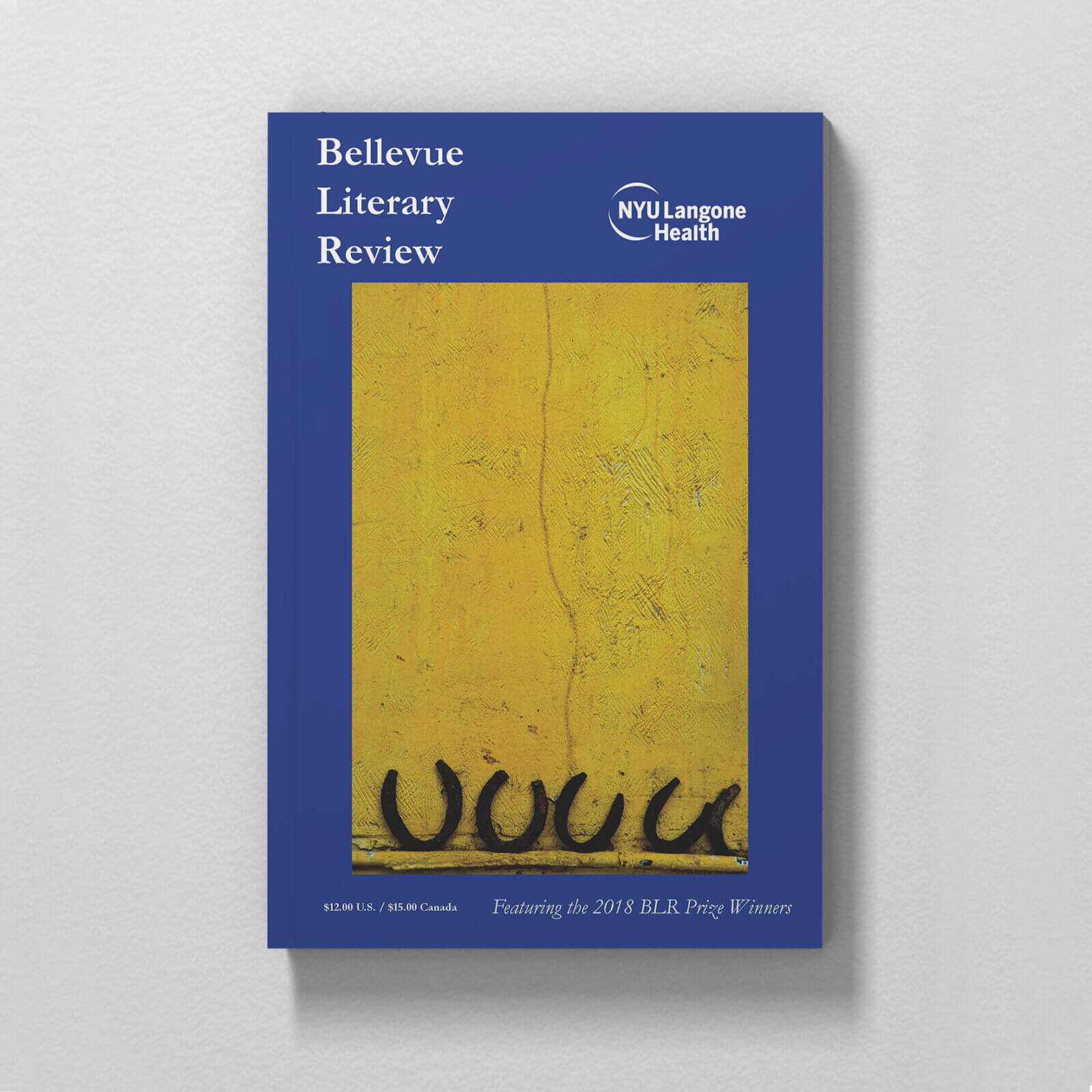Issue 34 Artist Statement

Seth Resnick
My photographs are a journey into the personal energy of each subject. As a journalist I started out photographing people and it was difficult for me to understand why landscape became so important in my work, especially when so many times there are indeed no people. Ironically my vision statement used to say that my photographs are about breaking personal space, but I learned it wasn’t so much about breaking personal space as it was capturing energy. When I was able to realize that, it was very easy for me to see a rock or a sand dune in the same way that I saw people and that journeying into that energy is really what I find so attractive.
The camera is a bridge to the energy I feel from the subject. I don’t want to displace that energy, but rather try to capture that very energy I feel in the moment. Hopefully the photograph can elicit that same sensation in others. A camera freezes time, but I like to think that moment isn’t frozen at all but very much alive, almost akin to suspended animation.
I don’t select objects or themes. Rather, I let my subjects lead me. I love writing down parts of dreams or free-association thoughts in the night and then going out to try to capture those thoughts and feelings. One reoccurring theme that enters into my work time and time again is optical illusion. I was a big fan of M.C. Escher as a kid and continually find that influence in my work. The rock in the image below appears to be floating in space. I love when your mind can take something as concrete as a photograph and transform it so many ways. I am also very attracted to layers and compacted space that create a certain sensuality in nature. I realize I am exploring the fantasy of nature.
Even in places that are less obviously beautiful, I try to find a deeper beauty that is filled with metaphor. In the photo of the Namibian desert (previous page), there is a simple salt deposit at the bottom of a sand dune. To me, though, it is much more than a sand dune. I call the photograph the Cerebral Desert because the patterns of the salt are a metaphor for a living brain. This is one of the driest and most hostile deserts on Earth, where daytime temperatures seemingly prohibit life, and yet one can envision a brain with a heart pumping blood through its very core.
The cover photo shows nothing more than some old horseshoes on a windowsill in a small pueblo outside of Puerto Vallarta, Mexico. I’m sure folks walked by them every day and hardly noticed them. When I saw them, though, I felt a sense of energy that was representative of the vibrancy of the barrio. Here was a community that to the naked eye seems extremely poor and depressed, but there is a strong sense of community and family richness. The bright yellow wall contrasting the horseshoes helped to portray the vitality that I felt in this environment.
I hope that viewers can use my photographs to open up their own imaginations. People often ask me if my photographs are real. I love that the images seem to be from another world and thus can’t be believed. But I capture what is really there to be captured. I try to capture what my mind’s eye sees and feels.

